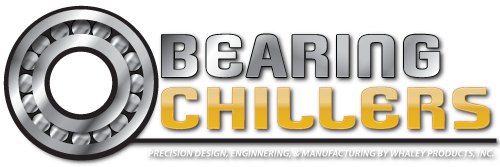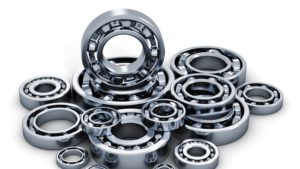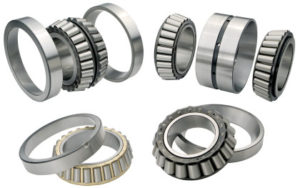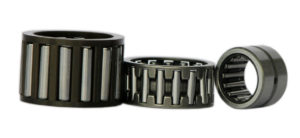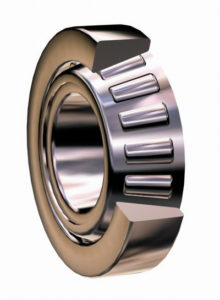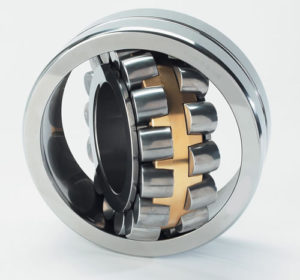Types of Bearings
There are a variety of bearings used in numerous industry applications. Six of the most common bearings are listed below, with an explanation of their attributes.
Ball Bearings
- Most common
- Ceramic spheres, small metallic
- Also called anti friction bearings
- Used to reduce friction between shafts and axles
- Handle thrust and radial loads
- Used for small loads
- Used in individual cages
- Used to reduce friction in axle assemblies
- Absorbs weight
Roller Bearings
- Uses cylinders instead of spheres
- Found a wide variety of bearings
- Handle greater loads than ball bearings
- Used in conveyer belts rollers
- Not designed to handle thrust load
Needle Roller Bearings
- Have slender cylindrical rollers
- Handle highest load capacity
- Ideal for high radial carrying
- Large surface area
- More compact
- Less difference between the diameter of shaft and bearing
Tapered Roller Bearings
- Use conical rollers, run conical races
- Made cylindrical and tapered
- Support both radial and axial loads
- Larger contact patch
- More Expensive
- Reduces rolling friction and avoid wear
Spherical Roller Bearings
- Thick in the middle and narrow at the end
- Production is complex
- Expensive
- Higher friction than ball bearings
- Rotational motion changes alignment of axis
- Adjust to support misaligned load
Thrust Bearings
- Different varieties
- Used in low thrust applications
- Used to support axial loads like vertical shafts
